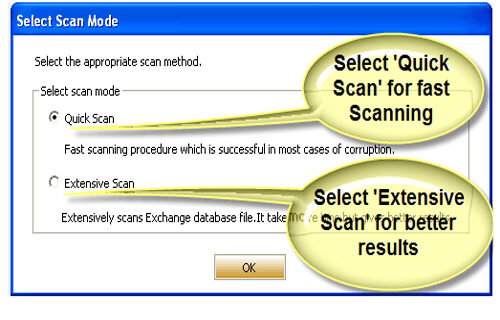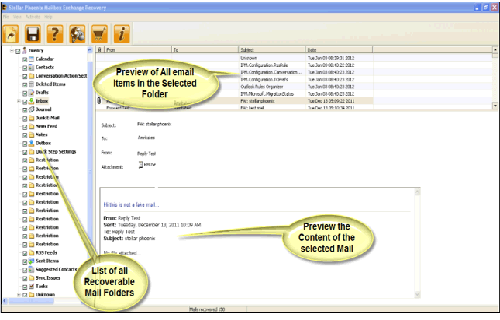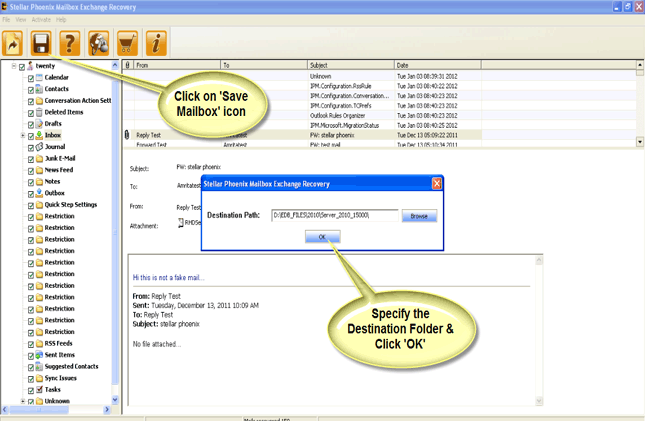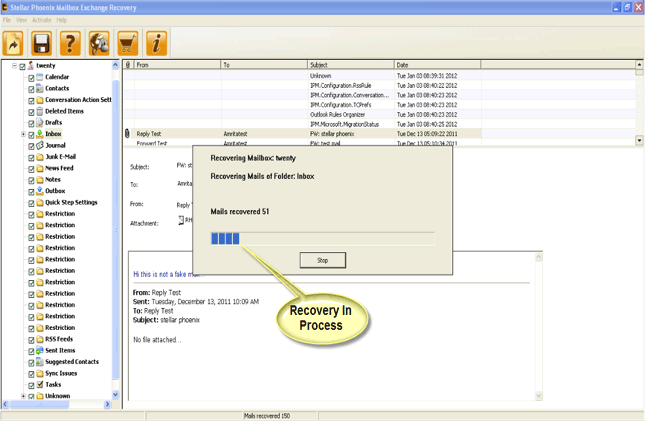How to Resolve Exchange Setup Error Code 1002?
Published by Jacob Martin on April 22, 2015
Microsoft Exchange is a popular platform for emailing and is equally difficult to work on as a network administrator. Right from installation to its troubleshooting many hurdles can occur disturbing the administrators. Here we will discuss about one of such Exchange error which commonly occurs due to inappropriate installation of MS Exchange setup. It can be caused either because component which raised this event is not installed on local system or installation has been corrupted. The component can be installed or repaired to resolve Exchange setup error 1002.
Microsoft Exchange is one of the popular platforms for emailing and it is quite difficult to work on as a network administrator. Administrators might get disturb from the beginning process like from installation to its troubleshooting. In this blog, we are going to discuss about one of such Exchange error that commonly occurs because of inappropriate installation of MS Exchange setup. This error can be caused due to different errors such as because component which raised this event is not installed on local system or the installation has been corrupted.
This error event signifies that the component specified in the event description was not installed during Exchange Server 2007 Setup. The error in the event description offers information about the underlying reason that the specific component was not installed. There can be different error codes associated with this event.
The most common reasons associated with this event in the grouped network environment
Error: The service cannot be started because it is disable or because it has no enabled devices connected with it.
This error points that IISAdmin, HTTP SSL, W3SVC services are disable on passive node.
How to Determine Other Possible Reasons?
It has been suggested to trace the Exchange setup log to know possible causes of this error: The below mentioned log files informs regarding the setup log files:
ExchangeSetup.log: This file tracks the advancement made in each and every task performed during Exchange 2007 configuration and installation. Some information about system readiness checks which are performed prior installation and about pre-requisites made are recorded in this file. Any issues occurred or changes made in this configuration of system are also being noted over here. This log file can also be checked in order to verify whether the server roles were installed or not.
ExchangeSetup.msilog: This file records the information about extraction of Exchange server code from installer file.
User’s action in this situation:
This particular installation error can be resolved by following the below mentioned methods:
- If the disable services are causing the error to flash then set the IISAdmin, W3SV and HTTP SSL services settings to default as Automatic.
- After this, check the two Exchange Server setup log files in order to trace what is the issue with the installation process.
- Use this information available in log files to determine reason behind this mentioned error.
- After analyzing the setup issue, you can run Setup again which will continue where it was left.
After reading the above information it is clear to you that this error ID 1002 can be caused because of several reasons and so it is advised to first analyze the reason and then go for a solution. In order to resolve this error issue you can also use EDB File Repair Tool. This file repair tool can easily fix these kinds of error code and it can also extract user mailboxes as a PST files that can be directly imported and used in Outlook.
 |
Steps to Resolve Exchange Setup Error Code 1002:
Step 1: Click on ‘open EDB File’ and choose the EDB file or to search the files you may click on ‘Find EDB File’.

Step 2: Select the MS Exchange Server type and click ‘Start’ button.
Step 3: Select the scanning types, ‘Quick Scan’ or ‘Extensive Scan’ and click ‘OK’.

Step 4: Recoverable file and folders are presented in the left panel; you may see the preview of the item by clicking.

Step 5: Now select the mailbox folders to recover and then click on the ‘Save mailboxes’ icon. Fill the destination drive or folder in a dialog box and click ‘OK’.

Step 6: And the selected Data will be recovered.

201 Total Views 1 Views Today

